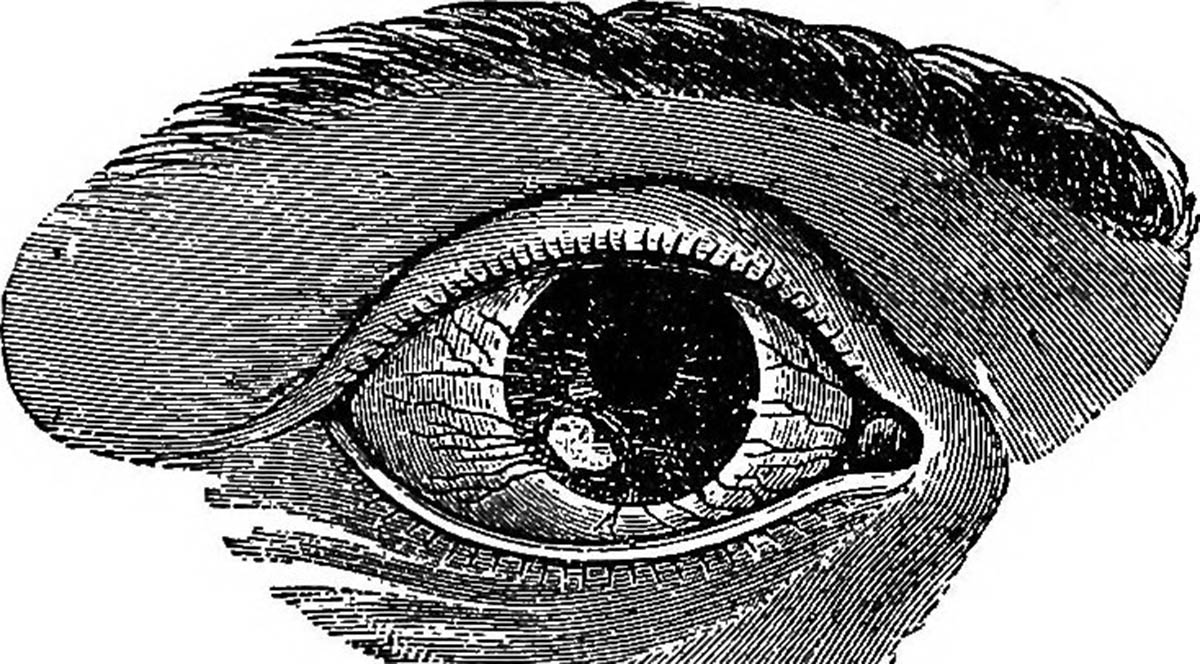
What is keratitis sicca
Keratitis sicca or keratoconjunctivitis sicca are terms used to describe a problem commonly known as dry eye syndrome. This is a very common problem, especially among older people. It is characterized by problems in production or quality of tears, which results in inadequate tear film forming on the surface of the eye and under the eyelids. This leads to premature evaporation of the tear film or its destruction, resulting in a feeling of dryness, irritation and pain.
Tear film is made of three distinct layers- lipid layer, aqueous layer and hydrophilic mucin layer. Each layer serves a specific purpose. The main function of tears and tear film is to protect the eye from irritation, dirt and dust particles and to lubricate it. If any of these layers is produced in inadequate amounts, the balance is disturbed and the tear film does not function properly.
Causes of keratitis sicca
There are many possible causes of this problem and they are associated with different layers of the tear film. Problems with the lipid layer can be associated with blepharitis or rosacea, while the aqueous layer can be disturbed due to vitamin A deficiency, congenital alacrima, lacrimal gland ablation, collagen vascular disorders, Sjorgen syndrome, mechanical, thermal or chemical injuries and several more. Problems with mucin layer can result from vitamin A deficiency, trachoma, skin or mucosa disorders and some topical medications.
Symptoms of keratitis sicca
Symptoms of keratitis sicca or dry eye syndrome involve various forms of irritation, such as itching, burning, pain, feeling as if there is a grain of sand in the eye, scratchy, stingy or tired eyes. The symptoms tend to get worse in the afternoon and in the evening. There is a distinct sense of discomfort in the eyes, as well as sensitivity to the light.
There may also be some discharge from the eyes, which can be white, yellowish or greenish. Although it may seem strange, watery eyes and excess tearing are also characteristic symptoms of this eye problem.
The symptoms worsen after a long day or after activities such as reading, writing, watching television, driving, using a computer or spending time in windy or smoky environments.
Treatment for keratitis sicca
In order to successfully treat keratitis sicca, it is necessary to define the exact underlying cause. If the underlying condition can be solved, the eyes will stop feeling dry as soon as the treatment is completed.
Meanwhile, it can help to use lubricating agents and artificial tears, preferably preservative-free ones. These medications can be obtained over the counter or with prescription, depending on the type and strength.


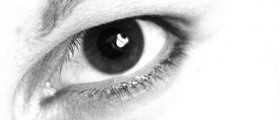

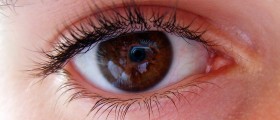



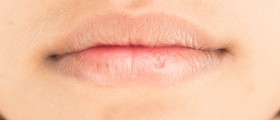




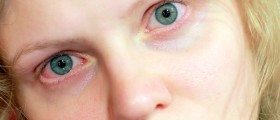
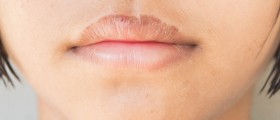
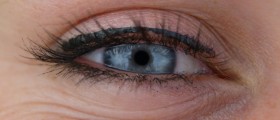
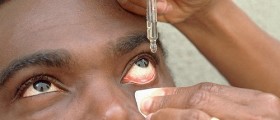
Your thoughts on this
Loading...